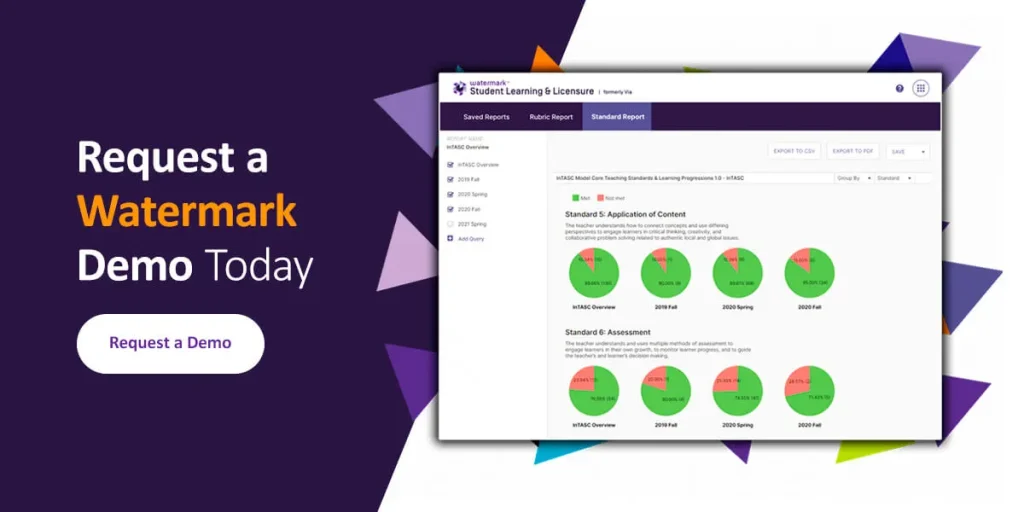Every school administration wants their students to succeed. That’s the point of education as a whole — to leave students with a breadth of knowledge they can apply to their everyday lives. But what happens when various factors combine, leading to a lack of student engagement? Students start underperforming, causing them to think twice about continuing their education.
Fortunately, your college can use several ways to keep students engaged, empowered, and confident enough to stay in school until graduation. Continue reading to learn more about why student engagement is important and how to keep students engaged in learning.
The Value of Student Engagement
One of the most significant reasons for higher education institutions to boost student engagement is retention. Between variables like student debt and the COVID-19 pandemic, undergraduate student enrollment at higher education institutions has been at a steady decline over the past few years — a 6.6% decrease since 2019, to be exact. If you want to ensure students stay at your school through graduation, you must invest in student engagement.
Based on recent data from the National Center for Education Statistics, students in higher education take a median of 52 months to complete their degrees. Numerous factors make it challenging for students to graduate in four years or fewer, but when students become disengaged from their education, you may never see them return to the classroom, let alone graduate.
When students are excited about and interested in their lectures, coursework, and learning experiences overall, they feel more motivated to stay until graduation. If your school has high graduation rates, more prospective students become interested in enrolling. This improved reputation also impacts your relationship with other higher education institutions, giving you a chance to offer more opportunities to your students.
Over time, you develop a positive retention cycle, where you can accept and graduate more students every year, creating a wide network of supportive alumni worldwide — and it all starts with student engagement.
5 Ways to Engage Underperforming Students
To keep your retention rates high, you can employ several strategies for student engagement. A student who is underperforming in the classroom may soon feel like higher education isn’t worthwhile, so early intervention is crucial. By creating specific processes for the sake of keeping students interested, you’re investing in your higher education institution’s overall success.
Below, you’ll find five ways to keep students engaged at your school.
1. Ask Students for Input
Sometimes, it’s easy for professors and instructors to stick to similar lesson plans year after year. However, some activities or assignments may not be as beneficial as they might think. That’s where student input can help. While students can’t have a say in every part of their education, asking for their feedback effectively ensures they’ll retain the material they’re learning.
Consider implementing a way for students to provide feedback about the courses they took each semester. On a more individual level, it may be worthwhile to ask professors and instructors to prioritize input during the semester to see what lesson plans did and didn’t succeed. After gathering their comments, you’ll likely note that students feel more empowered about their education.
2. Invest in Academic Advising
A student’s academic adviser may make or break their learning experience. If your higher education institution’s advisers aren’t doing their job to the best of their ability, it can negatively impact student engagement. When students have a responsive and supportive adviser, they’ll likely feel more satisfied with their school experience. Comparatively, unhelpful advisers can lead to frustrated, withdrawn learners.
Evaluating your school’s academic advising offerings may be a valuable strategy to keep students engaged in their lessons. This approach will ensure each student has access to the proper support throughout their college experience. Having someone to talk to about future job prospects, scheduling classes, graduating early, and other crucial topics will inspire students to perform at their best ability.

3. Create Opportunity for Personalized Learning
These days, it’s more evident than ever that students learn at different paces and through numerous methods. A general approach to education fails to meet the needs of all students. As a result, students may feel like they aren’t getting any value from their education. By allowing room for personalized learning in curricula, students are more likely to succeed.
This technique for keeping students engaged in learning will vary across departments, so it’ll be up to each group of faculty to apply it. Remember that implementing personalized learning is another opportunity to use student feedback.
4. Increase Communication With Students
When students fall behind in their education, they may feel embarrassed or exasperated with their situation. In many cases, professors and instructors will reach out to the student as soon as they spot a decline in their grades. But other times, learners at the college level don’t receive any communication. This scenario may make them feel abandoned and discourage them from putting in the work to improve their academic standing.
By encouraging faculty to foster open communication in their classrooms, you’ll likely find that students reach out to their teachers before their performance starts slipping, in turn increasing their engagement.
5. Use Software to Assess Learning Outcomes
Using data can help you find gaps that are contributing to underperforming students. For example, Watermark’s ePortfolio software for students can help professors and instructors measure learning outcomes thanks to data from coursework, internships, and more. As a result, faculty can better understand which processes positively impact students.
This level of insight opens the door to higher student engagement, which you can improve with the use of other software.

Request a Watermark Demo Today
The importance of student engagement in college is more evident than ever. To combat declining student enrollment rates, your higher education institution must invest in improving how students feel about their learning experience. When you ensure students are taking an active role in their lessons and education as a whole, your school will see better retention rates, leading to a plethora of positive outcomes.
At Watermark, we’re here to help your college use data to keep students engaged on campus. Our platform features numerous solutions to assist faculty with creating effective curriculum strategies, collecting informative feedback and reviews, and more. Use our student success software to take attendance, build paths for better academic performance, and perform several other capabilities to boost academic engagement at your college.















































































































































































































































































































































































































